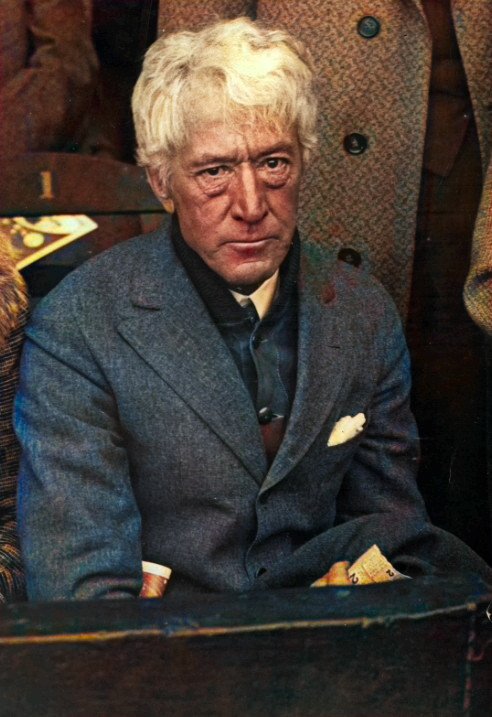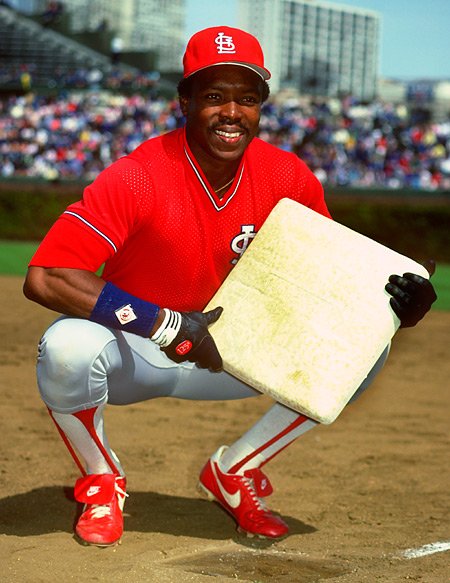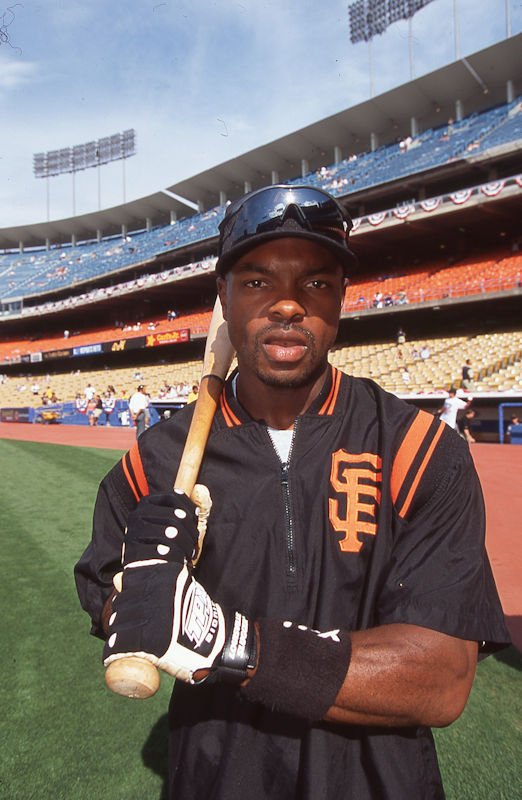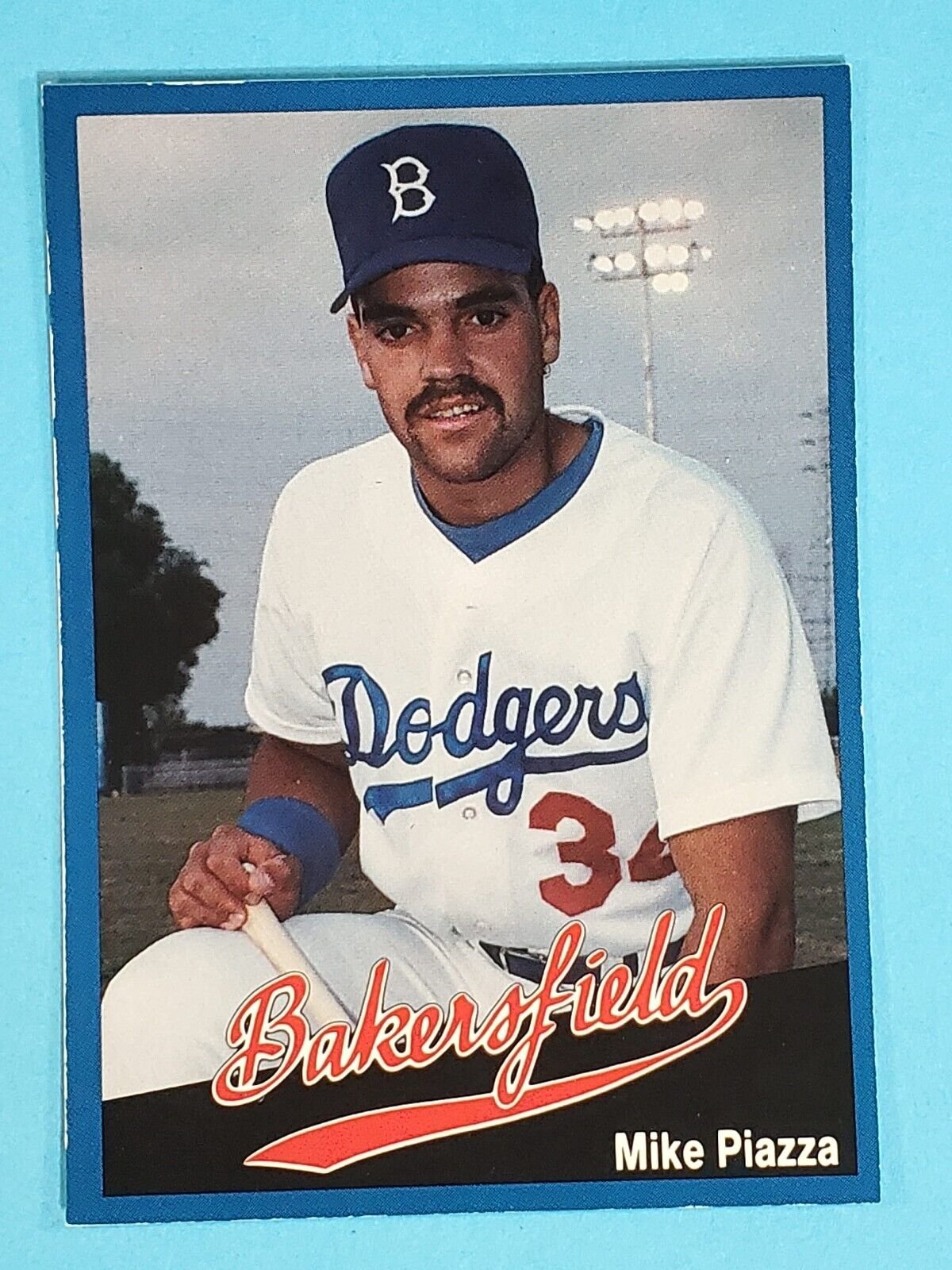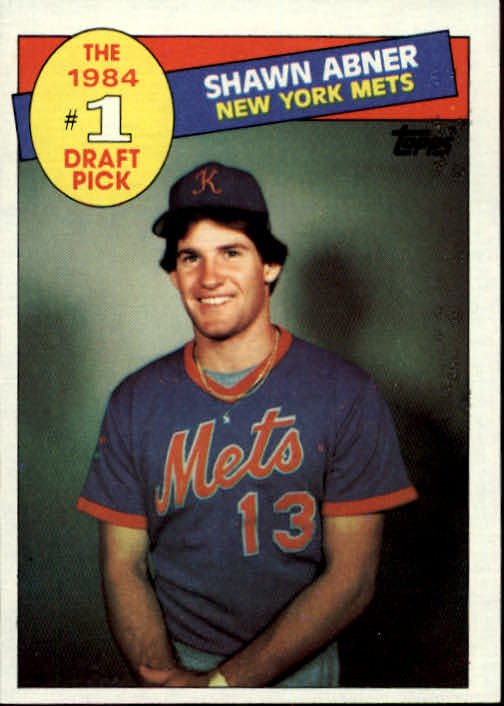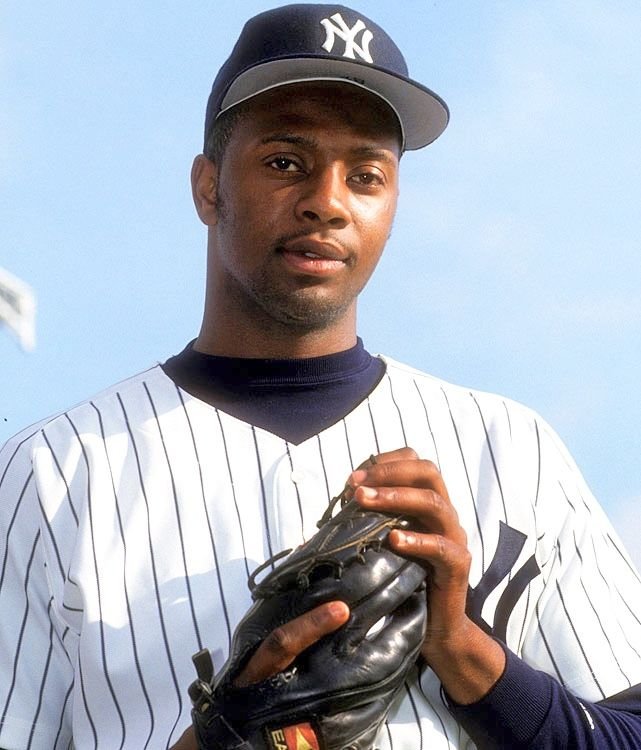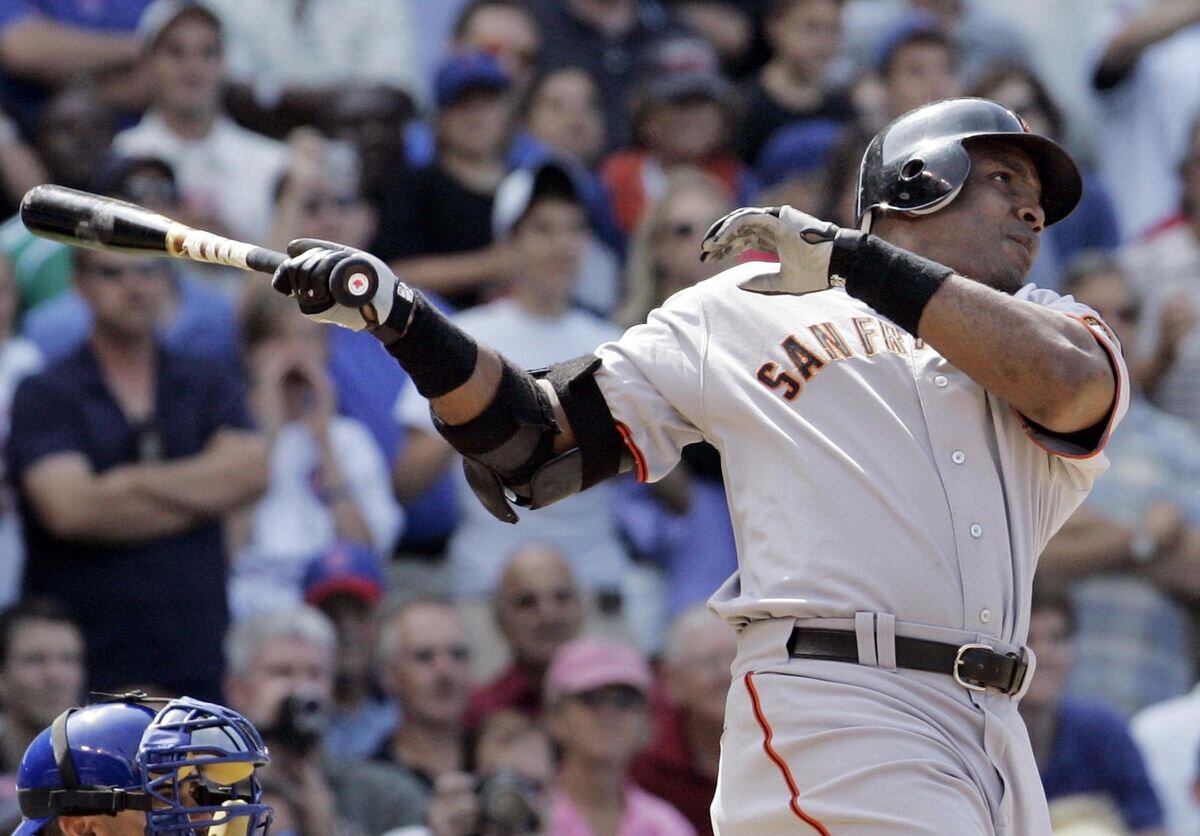Welcome to another Humm Baby Baseball countdown and in today’s video, I’ll be ranking the MLB Commissioners from worst to best. There have been 10 commissioners in the history of Major League Baseball, beginning with Kenasaw Mountain Landis in 1920. Of course, we all know the current commissioner, Rob Manfred. Half of the commissioners were active during my lifetime and their actions had constantly had a major impact on my enjoyment of the game. However, I will try not to be biased and give a fair evaluation of each commissioner, offering positives and negatives. Of course, some of the negatives I give may be positives for others, such as a rule change that I hate but others may love. For this reason, every one’s ranking will be different and I’d love to hear yours down in that comment section below. With that said, let’s get started.
And a lot of people probably assume that Rob Manfred will come in at #10 as the worst commissioner of all time. If you made that assumption, congratulations. Coming in at #10 as the worst commissioner in MLB History of my list is indeed Robert Manfred.
#10 Rob Manfred
Rob Manfred assumed the office of the Commissioner of baseball in January of 2015 and has been a complete disaster since that time. He listed several potential MLB cities and advocated for expansion, and there has been no obvious progress on that. He began instituting rule changes meant to improve pace of play, which only made the game look more amateurish, such as runners simply jogging to first for an intentional walk instead of taking four balls. The rule changes continued with more each year, including forcing managers to leave their pitchers in to face at least 3 batters and more recently, starting a runner on 2nd base in extra innings, which was supposedly a safety measure, but had been enforced in the Minors before the pandemic and was well on its way to the Majors. Speaking of the pandemic, the public bickering between the owners and players was absolutely out of control under Manfred as they were supposedly negotiating how they could have a 2020 season. Manfred said they would unequivocally 100% play baseball that year. Five days later, he backtracked, saying he wasn’t confident they would have a season at all. Manfred was also heavily criticized on how he handled the Astros cheating scandal, a scandal that occurred in 2017 under his watch. He referred to the World Series Trophy as a “chunk of metal.” In 2021, he stripped the City of Atlanta and local baseball fans of the All Star Game over a Georgia Voting Reform Law, and opinions on this were mostly divided politically. MLB has been terrible at marketing players under Manfred, who has said that players like Mike Trout need to market themselves. Under Manfred, the Minor Leagues were completely reassembled, resulting in 42 cities losing their affiliated team and labor relations were strained to the point that the 2022 season was in jeopardy after Manfred and the owners instituted a lockout. They went radio-silent for over a month, showing no signs of faithful negotiations or updates for the fans. On the positive side, he has unified all fans and players in their desire to see him fired as soon as humanly possible.
#9 William Eckert
Coming in at #9 is the 4th commissioner in MLB history, William Eckert, who was an extremely decorated Lieutenant General in the U.S. Air Force, serving during World War II. In 1965, MLB Club owners needed to vote for a new commissioner and decided to hire Eckert, who was completely unknown in baseball circles and hadn’t even watched a game in person in over 10 years. They wanted some one who wasn’t connected with baseball who had strong leadership skills with an understanding of business and bureaucracy. He accomplished very little during his tenure and drew much criticism for his handling of whether or not to cancel games after the assassinations of Martin Luther King Jr. and Robert F. Kennedy. He wasn’t completely clear and his meek response caused confusion as to whether there would be games or not – some teams played and some didn’t. He knew nothing about the business of baseball and oftentimes sat still during moments of major controversy in which leadership and guidance was needed. He was so clueless about the game, he hadn’t realized that the Dodgers had moved to Los Angeles and once referred to the Cardinals as “the Cincinnati Cardinals.” He stayed up late at nights just studying the game of baseball, learning names of superstars and trying to be prepared for whatever question the media ask lest he look like a complete fool. One of the few positives regarding Eckert is that he was one of the first to promote the game internationally. He once said
“I can visualize within the foreseeable future the spread of major league baseball on an international scale to include Japan, Canada and several Latin American countries. I see major league baseball as a means of contributing to international friendship.”
He accompanied the Dodgers to Japan in 1966 on a goodwill and exhibition tour. It was also during his term that union leader Marvin Miller was hired as the head of the Player’s Association. Eckert violated several union laws, albeit possibly unintentionally, and was no match for Miller. The player’s union began to show its strength and the owners voted Eckert out as commissioner in 1968. Cubs owner Philip Wrigley, realizing that hiring an outsider was a mistake, said that baseball needed a “baseball man.”
#8 A. Barlett Giamatti
The only reason Giamatti is this low on the list is because he was only commissioner for five months before tragically dying of a heart attack at age 51, so he never got the chance to really improve or destroy the game. He was, however, President of the National League for nearly three years before becoming commissioner and fought to improve the fan experience at ballparks. He was tough and quick when it came to handing down punishments and suspensions. Once he became commissioner, he reorganized the administration by creating a deputy commissioner to assist him, a position that still exists. He is most famous for dealing with the betting scandal of Pete Rose. After a report showed the Rose had bet on 52 Reds games in 1987, Giamatti and Rose negotiated a deal in which Rose would voluntarily accept a lifetime ban from the game with the ability to apply for reinstatement in a year. He did not have to publicly admit guilt and, in fact, denied that he bet on games for many years thereafter. Unforunately, Giamatti died a few days after this agreement. Giamatti, a lifelong baseball fan, may have turned out to be a fine commissioner, but sadly, he ended up being the William Henry Harrison of MLB Commissioners, dying too early in his term to really tell how good or bad he would have been.
#7 Bowie Kuhn
After forcing out William Eckert, owners hired that “baseball man” they wanted with the much more baseball-savvy Bowie Kuhn, who at 42 became the youngest commissioner in history. He made the unfortunate decision to ban both Willie Mays and Mickey Mantle from being involved in Major League Baseball because they had associations and sponsorships with casinos even though neither were directly involved with gambling, much less gambling on the game of baseball. His time as commissioner is filled with labor issues, including the first strike in MLB history in 1972 and the 1981 work stoppage, both which resulted in the cancellation of games. There were also labor disputes in ‘73, ‘76 and ‘80. Free Agency was created during his time as commissioner but he fought hard to prevent it, preferring to keep the old reserve clause system. Kuhn denied Curt Flood’s initial request to become a free agent and the dispute went all the way to the Supreme Court, who ruled in Kuhn’s favor. However, the union was able to negotiate the start of MLB Free Agency in 1975. On the positive side of things, Kuhn fought hard to allow Negro League players to be eligible for the Hall of Fame. He also came up with the idea to have a World Series Night Game, assuming more people would watch due to being off work. The game drew in a record 61 million viewers. He made a controversial decision in 1974 that I believe was probably correct in order to maintain competitive integrity. Hank Aaron was 2 homers away from breaking Babe Ruth’s record and the Braves wanted to bench him for the 3-game series in Cincinnati to start the season so he could break the record at home. Kuhn ruled he had to play in at least 2 of the 3 games. He was also swift and quick with suspensions, although he is the first commissioner to be aware of the steroids issue and the first to do nothing about it.
#6 Bud Selig
During Selig’s time as Commissioner, I was not a huge fan. However, he did accomplish a lot during his reign as MLB Commissioner, including nearly 20 years of labor peace. It has to be noted that Selig was acting commissioner during the 1994 strike, and despite the fact that labor relations were already horrible when he took over in 1992 due to collusion by the owners, he was the acting commissioner when a strike prevented the World Series from happening, something two World Wars didn’t do. However, since baseball resumed in 1995, there was continuous peace throughout Selig’s time as Commissioner. He also instituted the Wild Card and expanded playoffs in 1994, which would prevent a situation like the one that occurred to the 1993 San Francisco Giants after winning 103 games but missing out on the playoffs because they happened to be in the same division with a team that won 104. The economics of the game were mostly healthy under Selig and teams were bringing in major revenue, which allowed many beautiful stadiums to be built. Whether some changes to the game during Selig’s term are good or bad depend on each fan’s viewpoint – but in general, inter-league play and instant replay are considered successful innovations in the game. He also created a rule I hated, which was making the All-Star Game determine which team had home field advantage in the World Series. This was possibly a knee-jerk reaction to the controversy caused after he ended the 2002 All Star Game in a tie. His biggest black eye might be the steroid-era. Selig knew steroids were rampant in the game but did next to nothing about it until he was pressured to do so by Congress. He turned a blind-eye to steroids during the 90’s when McGwire and Sosa were making headlines. It became obvious that any one could do it and get away, which led to more players doing it, such as Barry Bonds, who saw what was going on with McGwire and Sosa and decided he better do it too. Selig claims that he never knew or heard a thing about steroids during the 90’s. Either he is lying, which is most likely, or was completely ignorant about what was going on in the game. Whatever the case, he finally did begin to establish testing and punishments for PED’s, but the damage was already done. Overall, Selig is a mixed bag and falls right around the middle at #6
#5 Peter Ueberroth
The Commissioner of Baseball when I first became a fan in 1987 was Peter Ueberroth, who was hired in 1984 after overseeing the 1984 Summer Olympics in Los Angeles. He was an impressive commissioner in the early years, immediately resolving an umpire dispute that almost lead to them striking during the 1984 postseason. He also quietly, behind the scenes, helped negotiate collective-bargaining agreements between players and owners, ensuring the no games were lost. He reinstated Mickey Mantle and Willie Mays, who were banned from working in Major League Baseball due to associations with casinos. He was also a key player in pushing the Chicago Cubs to install lights so that night games could be played at Wrigley Field and was swift in dealing with cocaine issues by suspending numerous players. Ueberroth negotiated massive contracts with CBS and ESPN and attendances improved dramatically under his leadership. The baseball industry became profitable for the first time in years and every team was benefiting from increased revenue.
Unfortunately, despite all the positives, there is one negative that keeps him from being ranked higher on this list and that is his involvement in the MLB Collusion Scandals of the 80’s. In 1986, the MLB Player’s Association filed a grievance after noticing no teams were willing to sign major free agents. Stars such as Kirk Gibson and Tommy John received zero interest. This continued throughout the mid-80’s and most stars had to re-sign with their previous teams. Andre Dawson, desperate to play on natural grass, took a massive pay cut to sign with the Cubs despite being an absolute superstar in the prime of his career. The players filed more grievances until an arbitrator ruled that the owners and conspired to restrict player movement. Peter Ueberroth played a major role in this and had given the message to owners to keep salaries as low as possible. Owners were ordered to pay millions in damages and any of the free agents affected were allowed to offer their services to any team without losing their existing contracts. Ueberroth resigned as Commissioner before the 1989 season.
#4 Fay Vincent
Next up is Fay Vincent, who took over for Bart Giamatti after his untimely death. He had a shaky start as Commissioner – literally, as an Earthquake brought the 1989 World Series to a halt. He made the right call in delaying the World Series for 10 days. There was also a lockout during 1990 Spring Training, but Vincent worked with both sides and helped work out an agreement in order to save a 162-game season. Later that year, he banned Yankees owner George Steinbrenner for life because he paid a gambler to dig up dirt on his player Dave Winfield. Steinbrenner was later reinstated. Vincent appointed a committee for statistical accuracy, which determined that Roger Maris’ 61 home runs in the 1961 season was indeed a true MLB single season record despite the schedule having 162 games instead of the 154 games that Babe Ruth’s schedule had. Vincent also started the expansion process, helping bring in the Colorado Rockies and Florida Marlins into Major League Baseball. However, owners did not appreciate Vincent as player salaries rose and Vincent was not afraid to openly criticize owners and past commissioners for collusion. He seemed like a solid commissioner who avoided major controversy and avoided making major rule changes for the sake of making rule changes. The owners voted him out, however, leading the way to Bud Selig as acting and eventually official Commisioner. Vincent also receives some criticism for not taking a stronger stance against the use steroids in baseball, although he did send a memo to all teams in 1991 explaining that any player who uses an illegal substance including steroids are subject to discipline including possible expulsion from the game. Of course, steroids were not nearly as rampant during Vincent’s time as Comish. After being voted out, Vincent said,
“To do the job without angering an owner is impossible. I can't make all twenty-eight of my bosses happy. People have told me I'm the last commissioner. If so, it's a sad thing. I hope they [the owners] learn this lesson before too much damage is done.”
#3 Kenasaw Mountain Landis
Coming in at #3 is the first Commissioner in the history of Major League Baseball, Kenasaw Mountain Landis. Landis, a former U.S. Federal Judge, was hired in the aftermath of the 1919 World Series Gambling Scandal, in which several members of the White Sox threw the World Series.
“We want a man as chairman who will rule with an iron hand,” said National League President John Heydler. “Baseball has lacked a hand like that for years. It needs it now worse than ever.”
They got exactly what they wanted as Landis came down hard on the 8 players involved in the scandal, banning each for life, regardless of the fact that they were acquitted by in a Chicago trial. He made a statement that made it loud and clear - no player involved in the throwing of a game will ever play professional baseball again. It was a major priority for Landis to rid the game of gamblers and crooks and he continued to ban and suspend any players involved in gambling. Under Landis the Minor Leagues became affiliated with the big leagues although credit for this mostly goes to Branch Rickey. Before his time as commissioner, all minor leagues were unaffiliated alternate leagues. This innovation is still felt today when attending Minor League Games and watching young prospects from Major League organizations. He also made it a law that all teams must disclose their transactions in both the Majors and Minors. His ruthless approach cleaned up the game and helped create the Minor League system we know today. On the downside, although he did proclaim that no rule prohibits black players from playing in the Majors, he did nothing to proactively help get rid of the gentleman’s agreement, an agreement among owners not to sign black players. He never encouraged teams to sign any player who would help their team regardless of race, even though Landis had the power and strength to destroy the color barrier as early as the 1920’s. Had he done this, his legacy would have been a hundred times stronger today.
#2 Ford Frick
Next up is the third Commisioner in MLB history and #2 on my list, Ford Frick, a lifelong baseball fan. He was a sportswriter and National League President before becoming commissioner, the first to have no political background. Before becoming commissioner, Frick was a pioneer in helping to create the Hall of Fame after proposing the creating of a Baseball Museum to honor the greatest players to ever play the game. As commissioner, he helped Major League Baseball grow massively across the country with expansion teams, television contracts, creating an international presence and a college scholarship system. New teams that entered the league were the Mets, Astros, Angels and Senators. He also approved the first team moves in over 50 years, which included the Giants and Dodgers moving west, creating Major League Baseball from coast to coast. Overall, however, he laid low and allowed the game to thrive without meddling. One writer wrote that
“He understood his role. He was a caretaker, not a czar.”
If only the current commissioner understood such things. That said, Frick had one major negative that he is remembered for and it is the decision to make a distinction between Babe Ruth’s single-season record of 60 home runs for a 154 game season and Roger Maris’s record of 61 for a 162-game season. This was a decision that was influenced in large part by the media, which he used to be a part of.
#1 Happy Chandler
Coming in at #1 is the second Commissioner in MLB history, Happy Chandler, a career politician who owners voted in as commissioner so they could have more influence in Washington D.C. He turned out to be a great commissioner, but not so much for the owners. His biggest contribution to the game was facilitating the breaking of the color barrier in 1947. After Dodgers General Manager Branch Rickey announced to promotion of Jackie Robinson to the Dodgers, Chandler supported the decision and approved Robinson’s contract, even though he had the power to void it. After Phillies manager Ben Chapman hurled racist remarks at Robinson one game, Chandler threatened every team with disciplinary action should any race-based taunting happen again. Also, any player who decided to strike due to Robinson’s presence in the league would be indefinitely suspended. Ford Frick, who was N.L. President at the time, supported Chandler in this decision. Chandler made these decisions regardless of the opinion of the owners, many of whom were against allowing Robinson to play. Dodgers Pitcher Don Newcome said,
"Some of the things he did for Jackie Robinson, Roy Campanella and [myself] when he was commissioner of baseball – those are the kinds of things we never forget. Chandler had cared for black players in baseball when it wasn't fashionable.”
Chandler was the Commissioner who decided to put umpires on the outfield foul lines during the playoffs back in 1947. Additionally, he negotiated a multi-million dollar contract with Gillette and the Mutual Broadcasting System for radio rights to the World Series, with the proceeds going into a player’s pension fund that he created. It was the first pension for players and gave him the reputation as a player’s commissioner. Unsurprisingly, the owners were not fond of his performance and voted him out in 1951. Although he was generally great to players, he did go to extremes to keep labor peace, such as threatening to ban players if they organized a strike. Another situation he dealt with was a Mexican League opening up and offering huge money to MLB players to come play in their league. Chandler threatened a five year ban if any player left MLB to play in the Mexican League and didn’t return before April 1st. These were questionable decisions, but overall, Happy Chandler was an outstanding commissioner and comes on my list as the best in MLB history.









